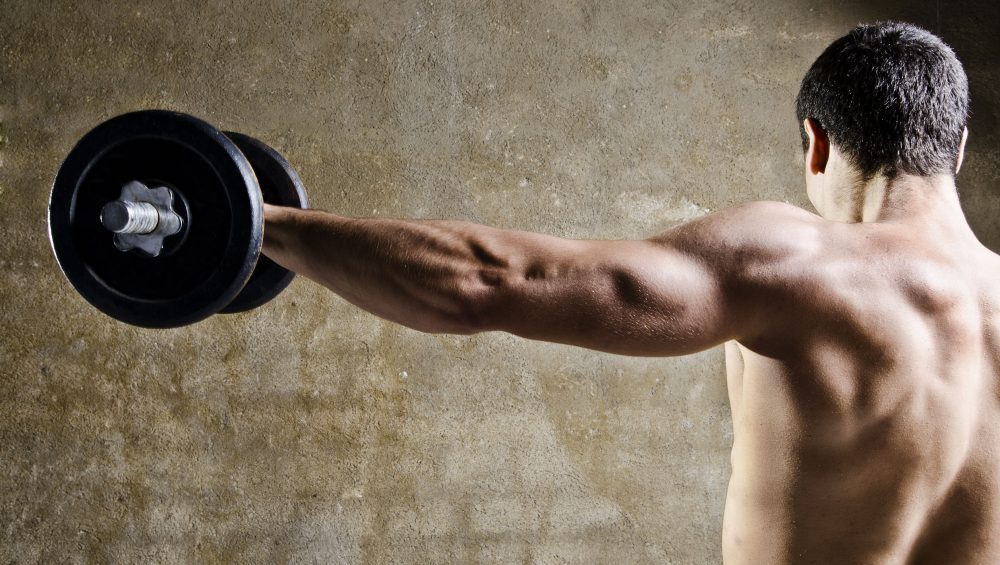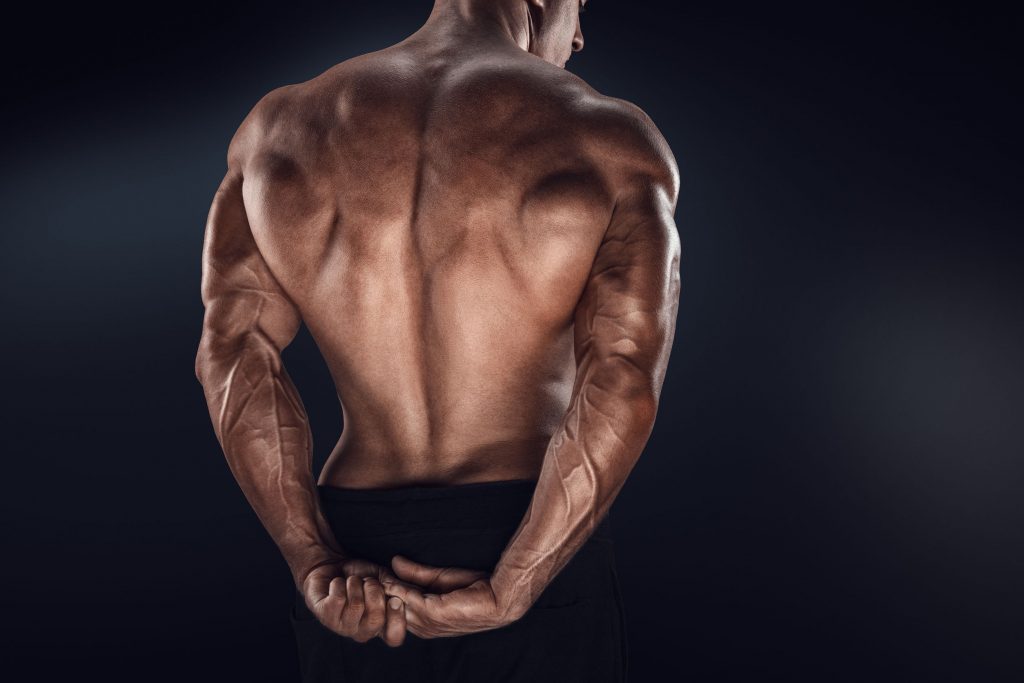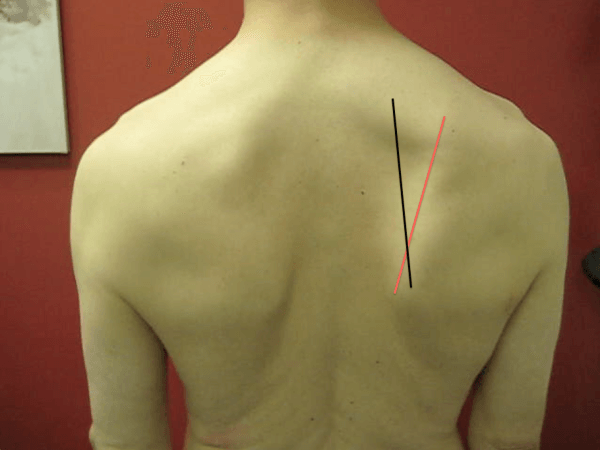Fair warning: This will not be an all-encompassing post on how to train the shoulders or how to program around nagging shoulder injuries.
Frankly, I don’t think anyone wants to read a Dostoyevsky length diatribe on shoulder impingement or how improving scapular upward rotation leaves me sexually aroused.
Yep, I’m weird.
Instead I want to give a quick, bite-sized tidbit on programming for the shoulders that pretty much applies to everyone.1

But Before I Continue…
Dean Somerset and I have put our flagship digital course, Complete Shoulder & Hip Blueprint AND (Even More) Complete Shoulder & Hip Blueprint – on sale this week at $50 off the regular price.
Why?
- We moved both courses to a new platform which will make both the delivery and user experience more enjoyable and seamless.
- Dean and I both have a bunch of new followers2 since we last put them on sale.
- It’s a new year and as such a lot of fitness professionals will need to start thinking about ramping up their continuing education and getting their CEU requirements in order.
- Last but not least, we’re awesome.
Go HERE to enroll in one (or both courses).
IMPORTANT: use the coupon code wutang50 to receive your $50 off credit at checkout.
Now to the Shoulder Stuff
We can easily make the case that the shoulders are the most annoying and often injured part of the body for many people, meatheads in particular. And, to be candid, there are any number of things to consider with regards to why:
- Rotator cuff weakness
- Poor scapular stability (<– better term would be Controlled Scapular Mobility)
- Postural considerations
- Acromion type
- Scapular kinematics (inability to upwardly rotate, for example)
- Poor programming choices
- Poor technique
- Losing an arm wrestling match to a Sasquatch.3
- To name a few….
It’s weird, though, when it comes to programming for the shoulders there’s this dichotomous yin-yang approach we have to consider:
What’s best for optimal (shoulder) performance?
And.
What’s best for optimal (shoulder) health?

Shoulder Performance
I’m in the business of helping people get bigger, faster, stronger, and generally more dieselfied.
This usually (but not always) revolves around lifting objects of appreciable weight. Watch any strong person bench press, squat, or deadlift a lot of weight and there’s a common theme you’ll notice:
1. You’ll likely have to unclench your sphincter after watching someone do something you never thought humanly possible:
2. With regards to the shoulders – specifically the shoulder blades – there’s meticulous attention paid to their positioning.
Those bad boys are locked down. Retracted and depressed.
Or, in non-geek speak: They’re not moving.
Doing so provides an infinite more amount of stability to the joint and also provides a more stable base of support (particularly for the bench press) to push from. When it comes to the deadlift and/or squat it allows one to maintain a more “rigid” torso, stay tight, and decreases the chance of energy leaks.
Force is more efficiently transferred within the kinetic chain.
Also, in non-geek speak: Just fucking trust me.
I’m no Eric Spoto, but I know how to coach the bench press and what to consider when it comes to performing at a high(er) level and making it so your shoulders don’t hate you.
Bench Press Set-Up: Shoulders Together & Down
Shoulder Health
It’s funny, when Dean Somerset and I teach our Complete Shoulder & Hip Blueprint workshop I’ll spend half a day imploring attendees to adopt the strategies mentioned above.
“Lock them down.”
…is what I’ll tell them. Referring to the shoulder blades and how it’s crucial to recognize ideal placement for performance
Then, after the lunch break, I’ll do a complete 180 and spend the rest of the day saying something to the effect of:
“Let those fuckers move.”
The shoulder blades do a lot:
- Retract and protract
- Elevate and depress
- Upwardly and downwardly rotate
- Posteriorly and anteriorly tilt.
It’s imperative to have “access” to the full spectrum of scapular motion in order to obtain optimal shoulder health.
We spend so much time telling people to squeeze their shoulder blades together – which, all told, isn’t a bad cue in of itself, but can cause a whole host of shoulder ouchies; downward rotation syndrome for starters – that it’s no wonder I get a range of quizzical looks whenever I tell people to let them move.
Protraction (or reaching) is a game changer for many.
1-Arm Quadruped Protraction
Easy Scapular Winging “Fix”
To go a step further and outside the “corrective” realm, when I coach people through a push-up or any kind of row variation a common mistake I find people make is keeping their shoulder blades pinned or glued together.
With push-ups I try to tell my clients to push away or “finish” at the top.
I don’t want their shoulder blades making out the entire time.
And with rows…
This Makes Me Sad
You’ll notice my shoulder blade isn’t moving at all; it’s staying in the retracted position throughout the duration of the set. This often leads to bicep tendon issues and anterior shoulder instability, amongst other things.
Instead I try to tell people I want their scapulae to move around their rib cage. After all that’s what they’re meant to do.
That’s More Like It
It’s profound how much this seemingly minor tweak will help with a lot of shoulder woes.
That’s It
Pretty easy, right?
Short, precise, and won’t require a book report.
Making a concerted effort to recognize and address both ends of the shoulder performance-health spectrum can and will make a huge difference and help you write more effective programs.





